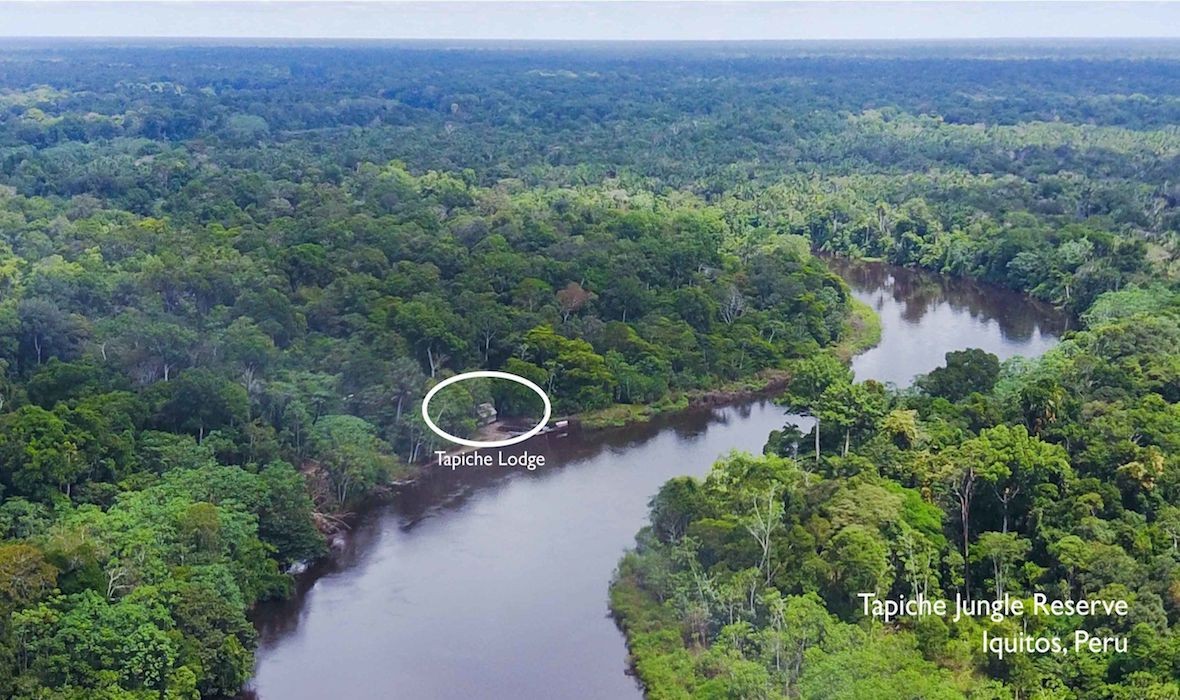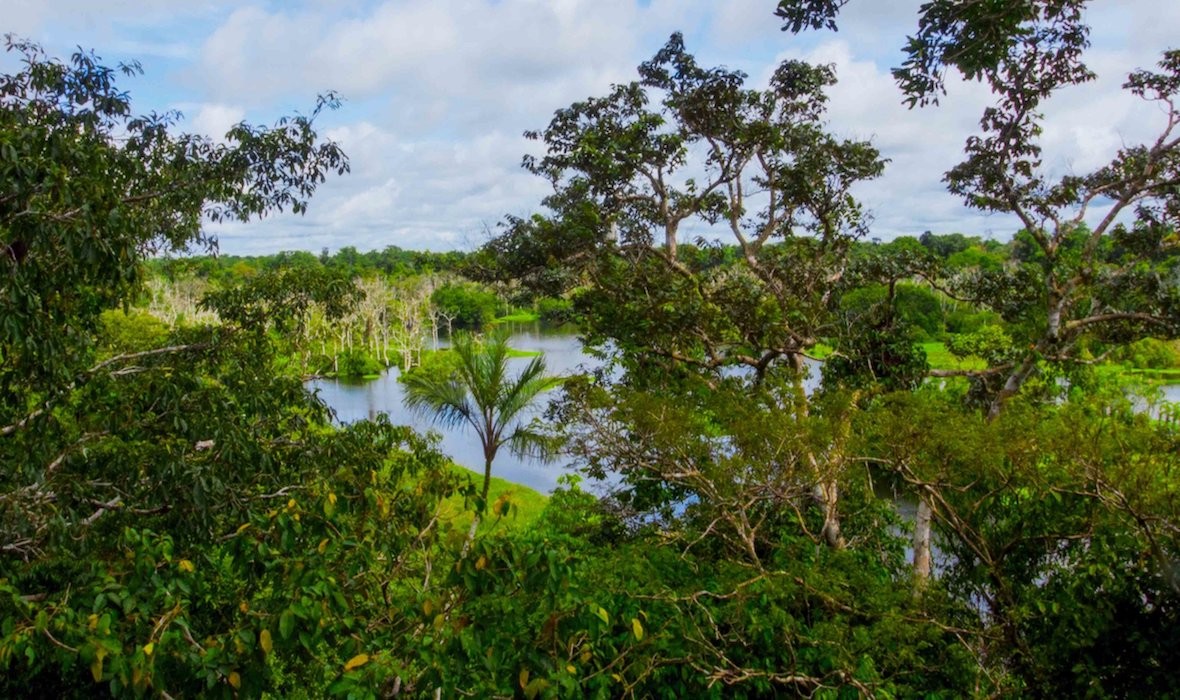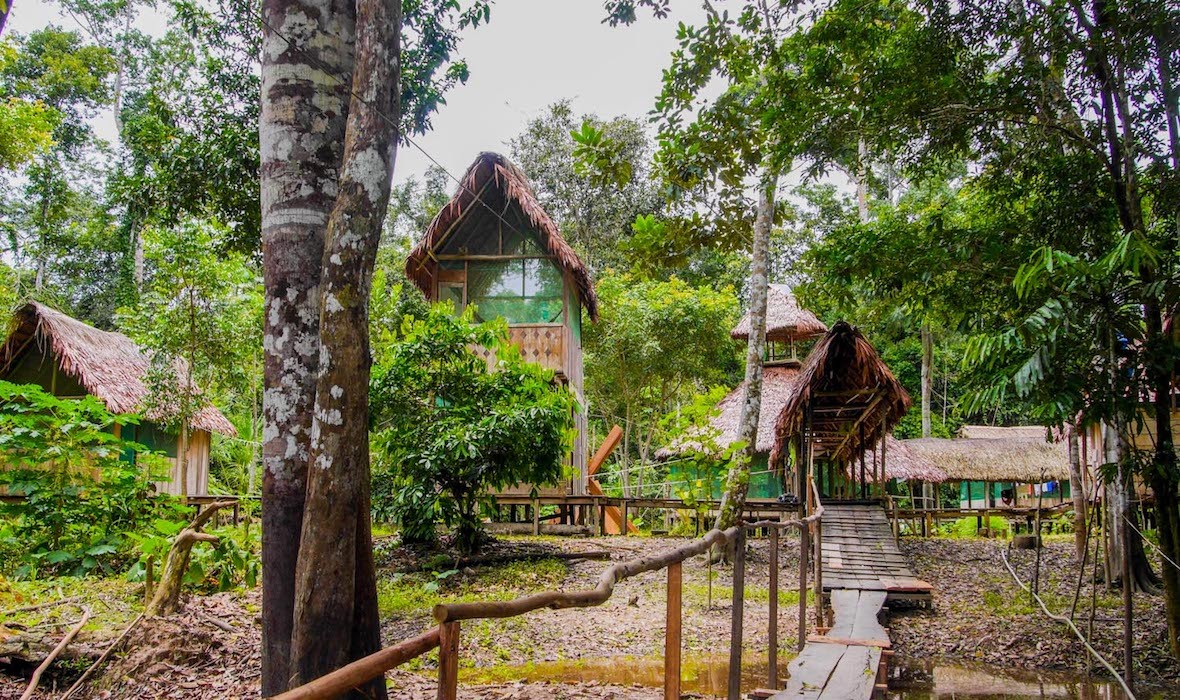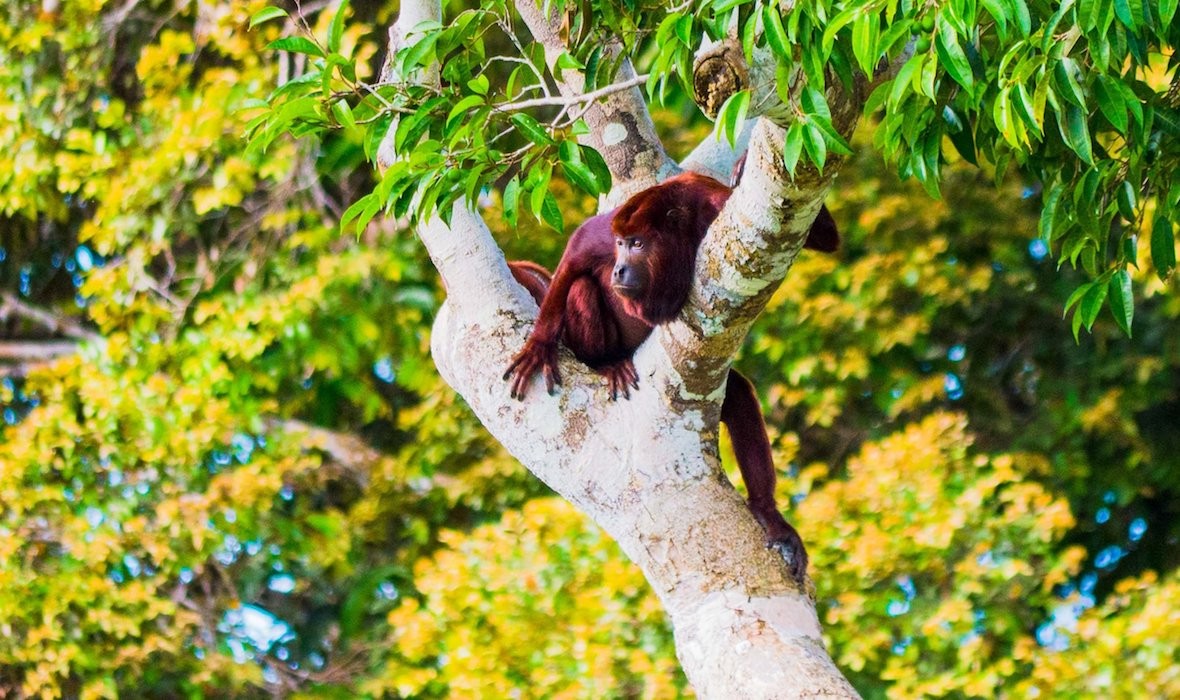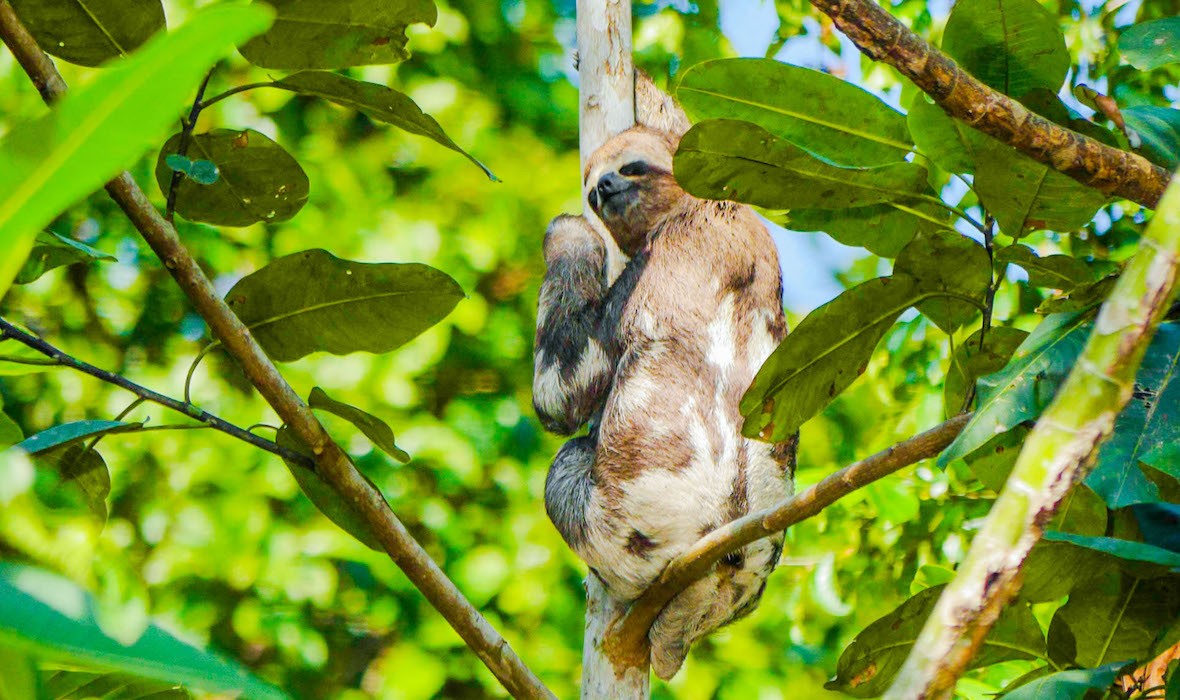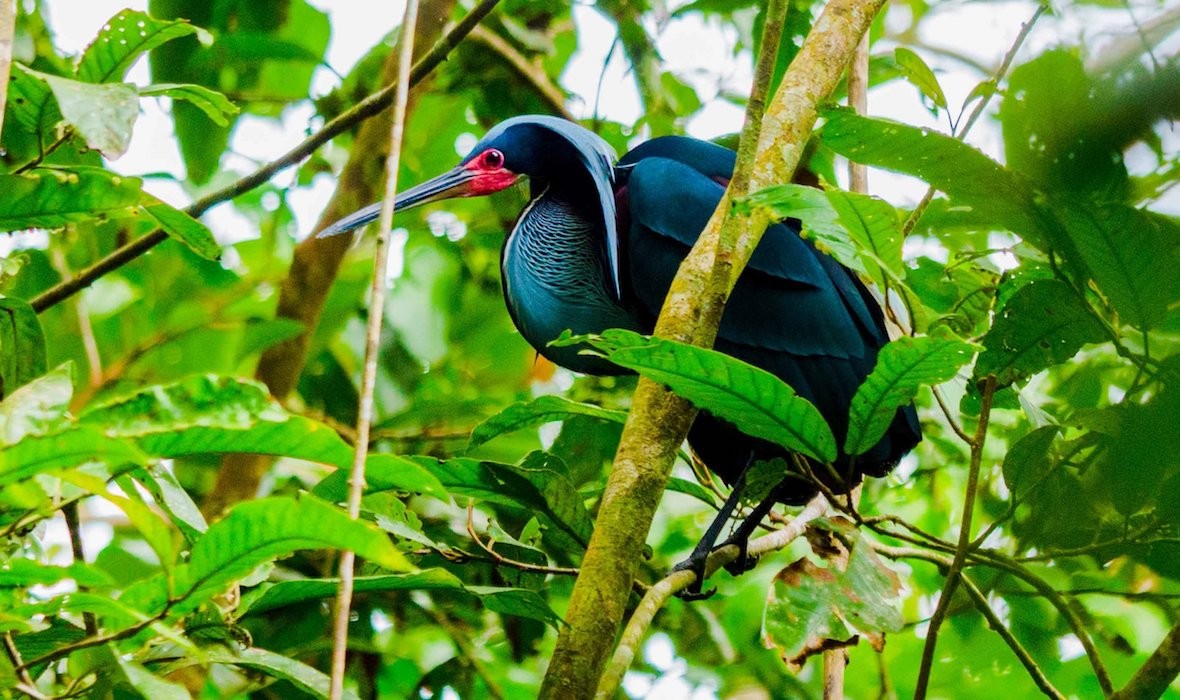Carissa Alaimo
06 December, 2018
I did an arduous amount of research and agonized over which lodge / guide service I wanted to use for the Peruvian Amazon. I read mixed reviews about the ability to see wildlife in the Amazon, but I learned there are three major factors in seeing animals:
1. The remoteness/distance away from major human settlements.
2. Quality/knowledge of guides.
3. The number of days spent.
Sadly, the cruel reality is that the Amazon truly is being ravaged, exploited, and polluted. It's a fact that feels so abstract until you witness it with your own eyes. Logically, you know the statistics, but seeing barges carrying logs the size of multi-story buildings is gut-wrenching in a way you never could anticipate. Nearest the major cities where you first arrive, the jungle is typically secondary or tertiary, very sparse with vast clearings where it's been clear cut for lumber. There are few animals because they've either been poached or are so fearful of humans because of hunting that they keep themselves hidden. In my opinion, any lodge close to one of the cities would be a waste of time and likely more depressing than anything.
But the further you get from "civilization," and most especially if you go to a protected reserve, the jungle springs alive and is still thriving! For this reason, we chose Tapiche, a VERY remote lodge. It was not easy to get to (a full day of travel from the city to the lodge), but because it was far away from poachers, loggers, and miners, it was very well worth it! The jungle was pristine, primary forest with the largest trees I've ever seen in my life. There, the animals, not being threatened or harassed, display far less fear of humans so you have the opportunity to see more species and they tend to linger longer. That being said, wildlife is never guaranteed. Because it is dense, dark vegetation, it can make sightings more difficult than, say, the wide open plains of Africa. You definitely have to put in more work and patience. We had very low expectations but ended up being blown away by the amount of animals we did see. This is the list of wildlife we logged:
- Anaconda (estimated 15-20 ft long) after consuming a caiman
- Live birth of a baby pink dolphin (many pink dolphin sightings)
- Giant river otters
- Baby turtles (nearly 1,000 recently hatched at reserve)
- Caiman (patrolling the lagoon)
- Gray dolphins (countless)
- Uakari monkeys (troupe of 50-100) jumping branch to branch across a creek
- Pygmy marmoset monkeys (smallest in the world at ~4oz.)
- Red howler monkeys (always around)
- Brown capuchin monkeys
- Tamarins
- Squirrel monkeys
- Macaws/parrots/parakeets/toucans
- Porcupine
- Heron (in the hundreds together)
- Hoatzin, jacanas (w/chicks), horned screamers, snail kites, hawks
- Woodpeckers, hummingbirds, kingfishers, weavers
- Piranha
- Butterflies and other insects
- Tree frogs
- Caiman lizard (swimming across the river)
- Tayra
It was imperative for us to go with a reputable guide service who believe in keeping the animals truly wild and who are experts at finding animals. There are so many guide services and lodges that try to attract people by catching and imprisoning animals for handling and selfies, not to mention the exotic pet trade which runs rampant through the Amazon. Tapiche is run by an indigenous Brazilian whose primary objective is conservation of the land first and foremost.

